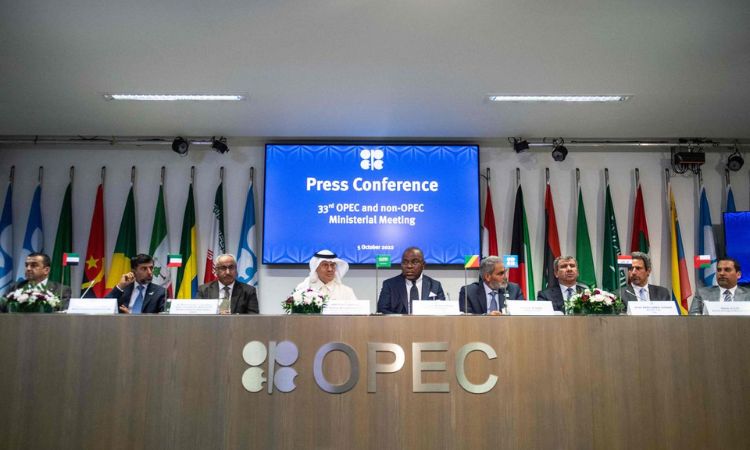Introduction:
According to government sources, oil marketing companies (OMCs) are expected to reduce prices of petrol and diesel. The companies have shown positive quarterly results and have almost recovered their losses, indicating a return to normalcy.
The expectation for lower fuel prices stems from the fact that OMCs no longer face under-recoveries in petrol and diesel. Additionally, an oil production cut by one of the members of the Organization of the Petroleum Exporting Countries (OPEC) is believed to have minimal impact due to emerging alternative markets.

OMCs on Track for Positive Quarterly Results:
Government sources indicate that OMCs have displayed positive quarterly results and are heading towards another successful quarter. With no under-recoveries in diesel and petrol, the expectation is for OMCs to lower the prices of these fuels. This positive financial performance highlights the recovery and stability of the companies.
Minimal Impact of OPEC Production Cut:
The Ministry of Petroleum and Gas, through an official, suggests that an oil production cut by an OPEC member will not significantly impact the market. Emerging alternative markets have contributed to sufficient crude oil supply, mitigating the potential consequences of reduced production. While there may be a minor impact, it is expected to be manageable due to the availability of oil in the market.
OPEC Plus Sticks to Planned Production Cuts:
OPEC plus countries have decided to maintain their planned oil production cuts for the remainder of the year. Saudi Arabia, a leading oil exporter, has voluntarily proposed additional production cuts starting in July. However, sources indicate that these decisions are unlikely to cause a shortage of crude oil supply. The market has been able to accommodate the reductions, indicating a balanced supply-demand situation.
Fuel Availability and Green Transition:
Officials emphasize that the availability of fuel has been successfully managed, ensuring sustainability and facilitating the green transition. The government has held a meeting with OMCs to discuss the green hydrogen mission, highlighting their commitment to environmental initiatives. Additionally, the government’s plan to achieve a 20% ethanol blending target remains on track, with no limitations in blending ethanol up to that percentage. Despite initial challenges, advancements in engine technology by auto companies have contributed to overcoming obstacles and facilitating the blending process.
Conclusion:
The expectation of lower fuel prices by OMCs aligns with their positive quarterly results and the absence of under-recoveries in petrol and diesel. Despite the possibility of an oil production cut by an OPEC member, the market is unlikely to be significantly impacted due to the emergence of alternative markets and sufficient oil supply. The government’s focus on the green transition and the successful management of fuel availability further supports the stability of the market. Overall, these developments indicate a positive outlook for the petroleum industry and the potential for consumer benefits in the form of reduced fuel prices.















